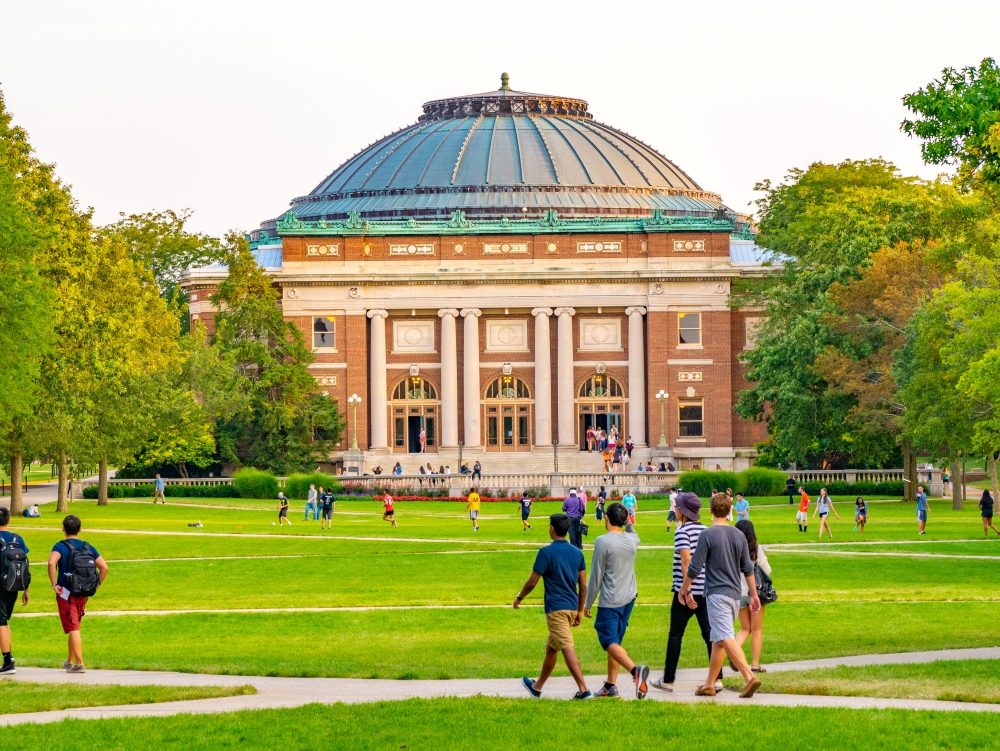Enhancing the Campus Visitor Experience

Delivering a Positive Visitor Experience
As campuses gear up for the upcoming semester, it’s not just the experience of the incoming freshmen and upper classmen that they’re thinking about: College and university campuses play host to major events, national sports leagues, and prospective student visitors. As such, college campuses should be mindful of the different types of visitors they are attracting, and how they can best serve their needs.
College campus security and operations teams face different challenges based on which audience they are serving. Current students, faculty and staff want to be able to get from their dorm or vehicle to their class or office as quickly and easily as possible. Prospective students want to feel excited and energized by the environment; they want to be able to see themselves as students at the school, living campus life. Visitors attending sporting events, conferences or other large-scale events want to feel safe and enjoy their experience on campus. Achieving all these objectives is not a “one-size-fits-all” approach. Colleges and universities should employ video analytic systems to gain situational awareness and break down silos among the many on-campus departments so that they can better meet visitor needs.
On the whole, campus management is tasked with enhancing guest engagement, encouraging return visits, ensuring compliance with health and safety guidelines, optimizing amenities, and, ultimately, driving revenue for the campus businesses.
Video analytics software – complementing and integrating with an existing security surveillance system – is one investment that can empower key campus decision makers to realize valuable insights for departments across campus. Video analytics transform video content into data intelligence that can be leveraged for better understanding visitor engagement with amenities like cafeterias, dorm areas, restaurants, stores and stadiums. This insight, in turn, empowers campus managers to intelligently strategize and deliver a consistent and inviting campus experience.
For instance, during large-scale sporting events or conferences, crowds and pedestrian or vehicular bottlenecks can be frustrating and leave an instant negative impression on an otherwise positive experience. Video analysis can help campus management uncover traffic flow trends, identify problem hotspots and bottlenecks, and trigger alerts when early signs of crowding are detected, so proactive decisions and interventions can be taken before the experience is disrupted.
Security is another important contributor to campus experience. Public safety can be increased with increased situational awareness. Campus security can configure rule-based alerts to be notified of suspicious or unexpected activity, such as perimeter breaches, traffic in a restricted area, or after-hours entry to areas that are closed. Alerts can also be used to draw attention to early signs of crowding, traffic violations in parking lots, and other situational changes in an environment, which could tarnish an experience. When an operator receives a notification, rapid assessment and decision-making can take place to intervene proactively.
Enhancing Campus Planning
A common source of frustration – and security threats – can stem from crowding, uncontrolled queues, or inefficient pathways to navigate between campus buildings – especially when there are large events on campus and many visitors. By visualizing and analyzing traffic flow data aggregated over time, campus managers can better understand problem hotspots and their causes and better plan future campus construction in addition to remedying existing challenges. The data might reveal that an optimized campus transit system might be a simple solution to the problem and provide guidance for planning this new infrastructure.
Driving Retail Revenues & Merchandising
In addition to students, guests, and staff, college and university campuses play host to a variety of on-campus businesses. From bookstores and branded merchandise to coffee shops and restaurants, universities should share critical business intelligence with on-campus tenants. This visibility can both help campuses select complementary tenant businesses for different spaces on campus, as well as empower the tenants to make data-driven decisions to increase operational efficiencies, drive effective merchandising and marketing, and grow business revenues. Pricing, planning and operational decisions can be made based on quantifiable, actionable business intelligence about visitor demographics, traffic volumes, space utilization, and more.
Visitor demographic data can be a critical determining factor in delivering the right products, promotions, and offers at the right time. For instance, an operator might notice certain on-campus eateries are packed before sporting events, while others are empty. This could prompt intelligent strategy formation and even data-backed testing to drive more business for other campus venues. Ultimately, this could alleviate pressure from crowded restaurants, increase business for neglected ones, and improve overall visitor experiences by reducing wait times.
Tracking Trends Over Time
The business intelligence collected by video analytic software is extremely valuable not only for daily campus management, but especially for long term data analysis and trend tracking. By enabling data visibility, executives can make better, smarter decisions and strategies designed to keep visitors safe, engaged and eager to return or stay on campus.
Signup to receive a monthly blog digest.